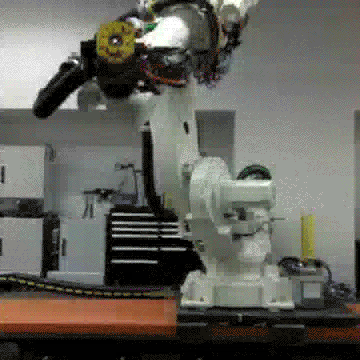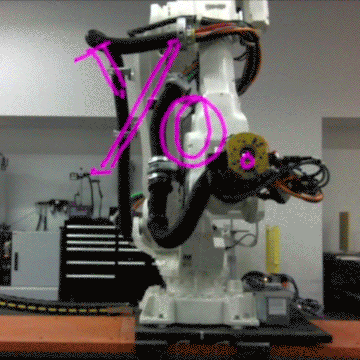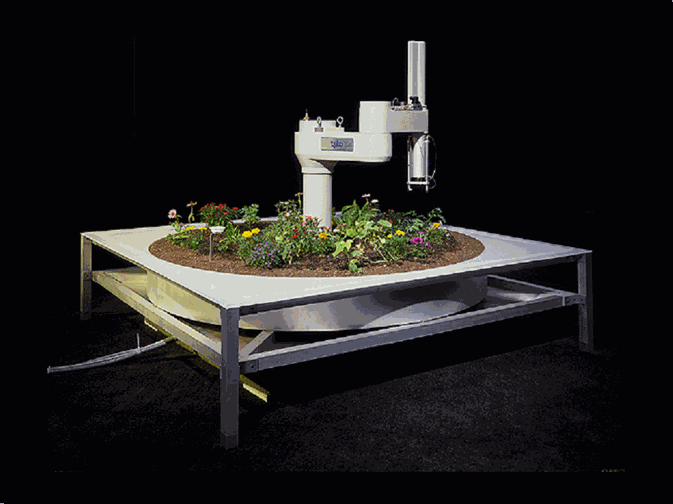Time for a Robo.Op situation report ... A brand new Getting Started Tutorial is now live on github!
Over the past few weeks, we've been making a big push towards creating some fun demos as example projects for the software-side of Robo.Op. So far we've:
- Created an Android app that moves the robot around (in a 2D plane).
- Created an Android app that sends a what you draw on the device to the robot (so it can redraw it much, much bigger!). We are also using webcam to capture, track, and visualize its movements.
- Connected Twitter to the robot, so you can tweet at @tweetbotIRL, and the robot will draw out your message (this also uses a webcam to track and draw out the robot's movements.)
Libraries used with Robo.Op: Ketai (for p5 to android), twitter4j (for twitter to p5), and OpenCV for Processing (for point tracking)
Some more serious, in depth testing below:
Check out this post from Prosthetic Knowledge for a few more, much nicer, GIFs!
For Robo.Op's full project brief, click here.




























